The court case between the Federal Chamber of Automotive Industries (FCAI) and WorkSafe Victoria has been resolved and, according to both parties, they both won. According to WorkSafe Victoria:
“The Supreme Court proceeding issued by Honda, Yamaha, Suzuki and other quad bike manufacturers against WorkSafe Victoria was dismissed just prior to a trial that was listed to commence yesterday.
The manufacturers had wanted the Supreme Court to rule that WorkSafe’s public announcements about quad bike safety were unlawful. The challenge has been dismissed and will not proceed to trial.”
According to FCAI’s media statement:
“In the Supreme Court proceedings, WorkSafe Victoria specifically declined to pursue a claim that the fitment of an OPD is an appropriate way of reducing the risks to operators of an ATV overturning. It has produced no data or other evidence to support its claim that OPDs will “save lives”.
The revisions now made by WorkSafe Victoria are welcomed by the ATV industry as an important clarification to correct previous reporting that, as a result of its March 2016 announcement, OPDs had become mandatory on Victorian farms. That was not the case, as WorkSafe Victoria has now acknowledged, as a result of the legal proceedings taken against it.”


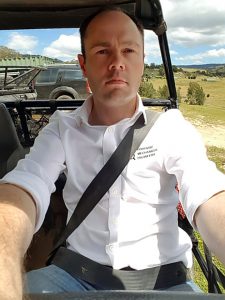
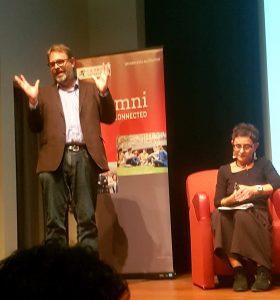
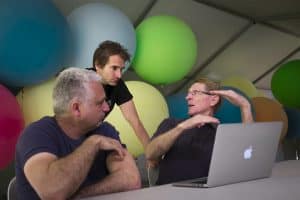
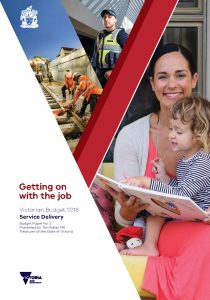
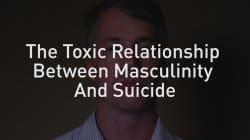 Recently Huffington Post Australia posted a video about male suicides called “Men are killing themselves to be real men”. Many of the speakers talked about their experiences at work or with work. The video is highly recommended.
Recently Huffington Post Australia posted a video about male suicides called “Men are killing themselves to be real men”. Many of the speakers talked about their experiences at work or with work. The video is highly recommended.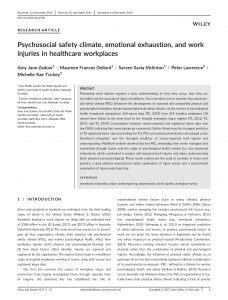 There has been a lot of discussion recently about occupational health and safety (OHS) data. This article is another because the issue is critical for understanding OHS, for planning for the future and managing productivity.
There has been a lot of discussion recently about occupational health and safety (OHS) data. This article is another because the issue is critical for understanding OHS, for planning for the future and managing productivity.